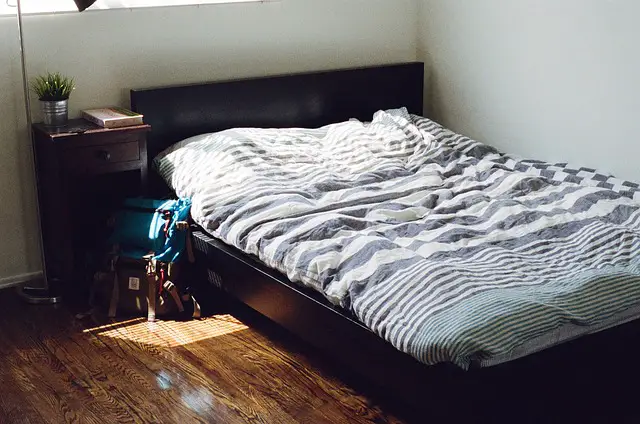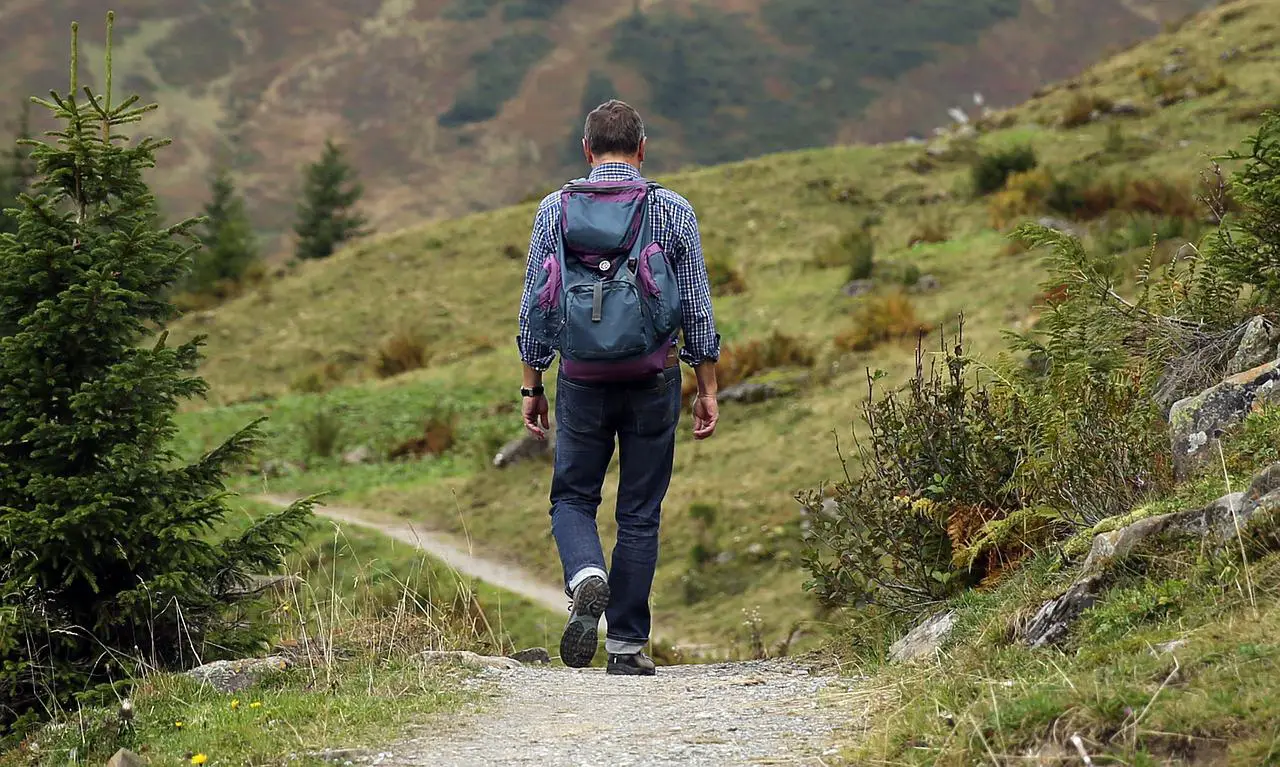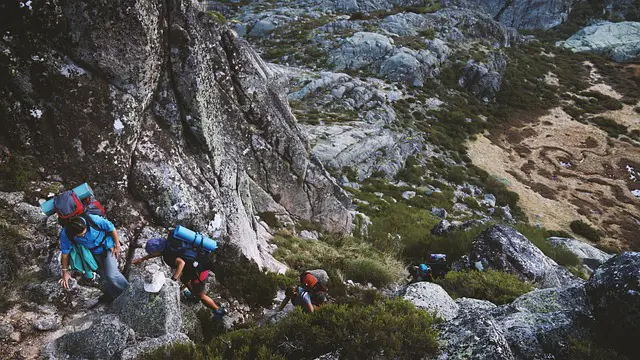Whether you’re a seasoned backpacker or just starting on your epic outdoor journey, choosing the right sleeping bag is crucial to your comfort and safety. This article aims to guide you in making an informed choice about your backpacking sleeping bag based on various factors, such as shape, insulation, weight, and more.
Why is choosing the right backpacking sleeping bag so important?
The perfect backpacking sleeping bag is more than just a cozy place to sleep. It’s your home away from home. It keeps you warm during those frigid nights and serves as an emergency shelter in unexpected weather conditions. A poorly chosen sleeping bag could mean a restless night – or worse, a dangerously cold one.
What are the different shapes of sleeping bags?
Sleeping bags generally come in three shapes: mummy, rectangular, and semi-rectangular. Mummy sleeping bags, designed to be body-hugging, provide optimal warmth but may feel restrictive to some. On the other hand, rectangular ones offer more space but are typically heavier and less insulated. Semi-rectangular bags strike a balance between comfort and warmth. Your choice depends on your preference for comfort versus weight and warmth.
How does sleeping bag insulation affect my backpacking journey?
There are two types of insulation: down and synthetic. Down insulation, while lightweight and extremely warm, loses its insulation properties when wet. Synthetic insulation, on the other hand, provides warmth even when damp, but is heavier. Depending on the weather conditions you expect to encounter, you might opt for one over the other.
Important considerations when buying a backpacking sleeping bag
How much should my sleeping bag weigh?
When backpacking, every ounce counts. While a hefty sleeping bag might promise warmth and comfort, it also means additional weight on your back during long treks. Look for a bag that provides the necessary warmth but weighs as little as possible.
Is my sleeping bag suited for the seasons I plan to backpack in?
Sleeping bags come with temperature ratings to indicate the lowest temperature they can handle. A summer bag, for example, is rated for plus 32 degrees and above, a 3-season bag for 10 to 32 degrees, and a winter bag for below 10 degrees. Consider the seasons you plan to backpack in before making a choice.
Conclusion: Your perfect backpacking sleeping bag
The right backpacking sleeping bag is one that aligns with your specific needs and preferences. Whether you value weight, warmth, the seasons you’ll be backpacking in, or a combination of these, understanding these factors will guide you to the perfect choice. Remember, the best sleeping bag is not the most expensive or the one packed with features; it’s the one that fits your unique backpacking journey. Happy trails, and may you find the perfect sleeping bag for your adventures!




